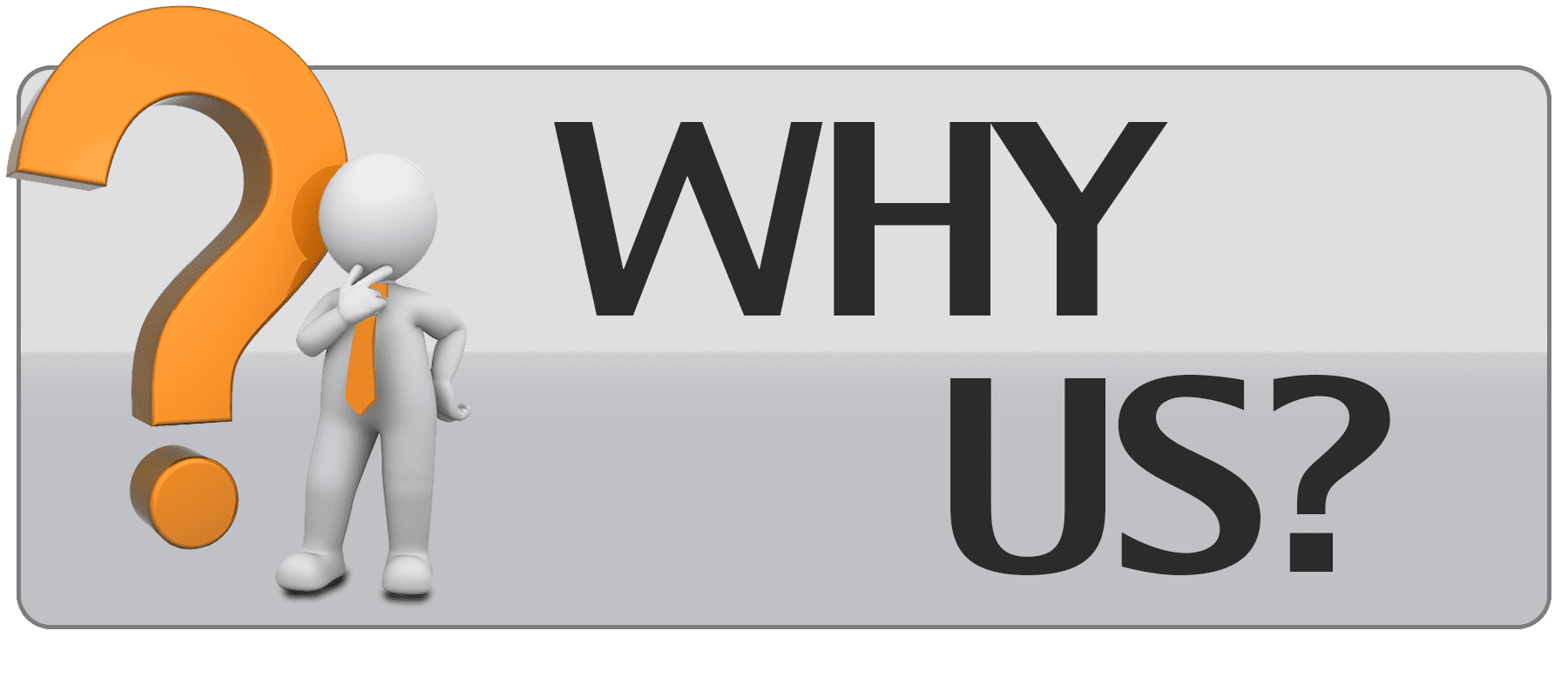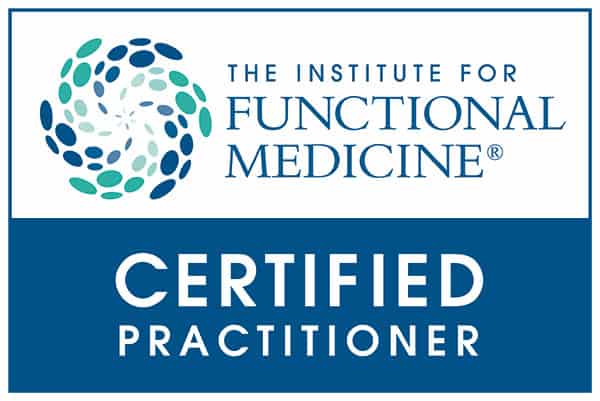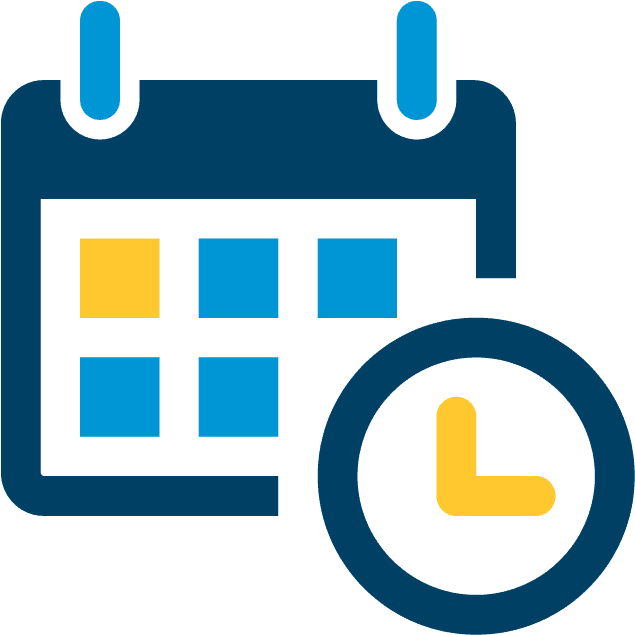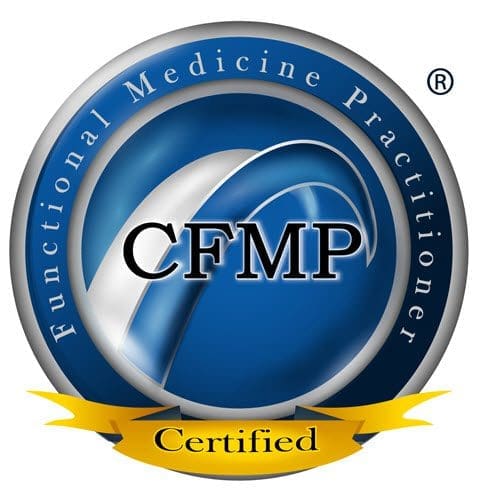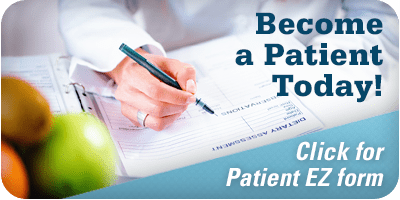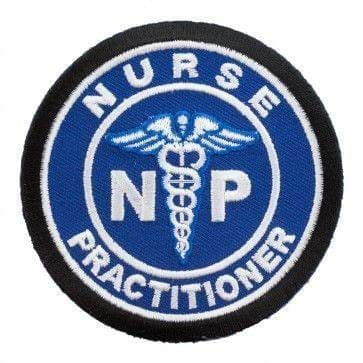Delve into the gut-liver connection with chiropractic care and find out how it benefits your health and vitality.
Contents
Understanding the Gut-Liver Axis: How It Influences Back Pain and the Role of Chiropractic Care in Holistic Recovery
In our busy lives, back pain is a common complaint that can disrupt daily activities, from sitting at a desk to enjoying a walk. But what if some of that discomfort stems from deeper issues, like problems in your digestive system or liver? The gut-liver axis represents a vital link in the body, where imbalances can lead to widespread effects, including musculoskeletal pain, such as backaches. This article explores this connection in depth, explaining how the gut supports overall body function, why environmental factors can disrupt it, and how these issues might manifest as overlapping symptoms affecting not just the abdomen but also the spine and muscles. We’ll also discuss the clinical reasons why chiropractic care can be beneficial, alongside other nonsurgical treatments such as targeted exercises, massage therapy, acupuncture, and integrative medicine approaches that promote natural healing and prevent long-term complications.
Back pain affects millions, often linked to poor posture or injuries, but emerging research suggests that internal factors also play a role. By understanding the gut-liver relationship, you can take steps toward better health. This guide draws on scientific insights to provide clear, actionable information. While it’s based on reliable sources, consulting a healthcare provider is key for individual needs.
Decoding the Gut-Liver Axis: A Foundation for Health
The gut-liver axis is an interactive system in which the intestines and liver constantly communicate. Food digested in the gut sends nutrients via the portal vein to the liver for processing, detoxification, and distribution. In turn, the liver produces bile to help the gut break down fats and maintain a balance of bacteria. This partnership ensures that the body handles toxins and absorbs essential nutrients efficiently.
Disruptions here can ripple out, potentially contributing to conditions like inflammation that affect distant areas, such as the back. For instance, gut bacteria imbalances might lead to liver strain, triggering signals that heighten pain sensitivity in the spine (Wang et al., 2021). This axis is essential because it influences energy levels, immune responses, and even pain perception. Practitioners in functional medicine, such as Dr. Alexander Jimenez, often evaluate this link to address hidden causes of chronic discomfort, using tools to restore harmony without resorting to surgery.
The Gut’s Essential Role in Body Function and Pain Management
Your gut is more than a food processor—it’s a powerhouse for health. Housing trillions of microbes, it digests meals, extracts nutrients like vitamins and minerals, and produces compounds that fuel cells. A balanced gut microbiome supports immunity by warding off pathogens and reducing inflammation, which can otherwise spread and aggravate conditions such as back pain.
Beyond digestion, the gut influences nerve signals through the vagus nerve, affecting stress and mood, which in turn can cause muscle tension and exacerbate back pain. When functioning properly, it promotes better sleep and increased energy, helping the body recover from physical strains. However, imbalances—known as dysbiosis—can lead to issues like bloating or fatigue, sometimes referring pain to the musculoskeletal system. Dr. Jimenez notes in his practice that assessing gut health via functional tests reveals connections to persistent back issues, allowing tailored plans that enhance recovery (Jimenez, n.d.).
The Interconnected Gut and Liver: Why They Rely on Each Other
The gut and liver are closely linked by both anatomy and function. Absorbed gut contents flow directly to the liver, where they’re metabolized. The liver reciprocates by sending bile to regulate gut bacteria and aid digestion. This cycle protects against toxins, but problems in one organ stress the other.
For example, poor gut health can lead to the liver being flooded with harmful substances, resulting in inflammation or fatty buildup. Studies link this to diseases where gut permeability allows bacterial products to irritate the liver, potentially amplifying body-wide signals that manifest as pain (Federico et al., 2017). In back health contexts, this might involve viscerosomatic reflexes, where organ distress refers pain to the spine. Research highlights how alcohol or infections exacerbate this, damaging gut barriers and overburdening the liver (Chae et al., 2024). Dr. Jimenez emphasizes evaluating these ties in patients with unexplained back pain, using integrative methods to break the cycle.
Environmental Influences: Disrupting the Gut and Triggering Musculoskeletal Symptoms
Everyday surroundings shape gut health, often leading to issues that overlap with back problems. Diets high in processed foods feed harmful bacteria, which can thin the gut lining and cause a condition known as “leaky gut.” This allows toxins to enter the blood, triggering inflammation that can sensitize nerves in the spine (Di Vincenzo et al., 2023).
Stress compounds this by altering gut movement, increasing permeability, and potentially referring pain to the back via neural pathways (Konturek et al., 2011). Toxins like pollutants or medications disrupt microbes, while alcohol harms both gut and liver, leading to fatigue and muscle tension (Konturek et al., 2011). Infections add to the mix, wiping out beneficial bacteria and allowing inflammation to spread.
These factors create overlapping symptoms: gut distress might mimic or worsen back pain through viscerosomatic mechanisms, where internal irritation signals to muscles and joints (Farmer et al., 2009). For instance, abdominal inflammation could tighten lower back muscles, causing chronic aches. Risk factors like poor sleep or trauma heighten this in adults and children (Zia et al., 2022). Environmental exposures, including chemicals, further imbalance the microbiome, linking to systemic pain (Nicholson et al., 2012).
Dr. Jimenez uses detailed histories to identify these triggers, crafting plans that rebuild gut integrity and ease back strain.
Table: Environmental Factors and Their Effects on Gut Health and Back Pain
| Environmental Factor | How It Disrupts the Gut | Potential Overlapping Symptoms in Back/Muscles |
|---|---|---|
| Processed Diets | Promotes bad bacteria, leaky gut | Inflammation leading to spinal pain, stiffness |
| Chronic Stress | Slows digestion, increases permeability | Muscle tension, referred to as lower back aches |
| Alcohol and Toxins | Damages lining, alters microbiome | Fatigue, liver strain, causing widespread pain |
| Medications/Infections | Kills good bacteria, causes dysbiosis | Systemic inflammation, joint/muscle discomfort |
| Pollutants | Disrupts bacterial balance | Chronic fatigue, heightened pain sensitivity |
This overview illustrates how daily exposures can lead to back-related issues, underscoring the need for comprehensive interventions.
Clinical Insights: Why Chiropractic Care Supports the Gut-Liver Axis and Back Health
Chiropractic care targets spinal alignment to optimize nerve function, which can indirectly benefit the gut-liver axis. Subluxations—misalignments—may interfere with autonomic nerves that regulate digestion and detoxification, contributing to imbalances that can refer pain to the back.
The rationale lies in neurology: adjustments restore communication, potentially reducing inflammation and improving gut motility (Elsenbruch et al., 2015). For back pain tied to visceral issues, this addresses viscerosomatic reflexes, easing referred discomfort. Emerging evidence suggests that probiotics, when combined with chiropractic care, enhance liver function by balancing the microbiome (Hojsak, 2024).
Dr. Jimenez, with extensive experience in functional medicine, integrates this for patients with back pain from gut-liver sources. His approach utilizes adjustments to calm overactive nerves, promoting natural healing and preventing escalations such as disc degeneration (Jimenez, n.d.).
It’s about holistic balance, not just force—clear patient discussions ensure understanding, fostering adherence for lasting relief.
The Healing Diet: Combat Inflammation, Embrace Wellness: Video
Nonsurgical Pathways: Exercises, Therapies, and Integrative Medicine for Healing
For gut-liver-related back issues, nonsurgical options are often the preferred choice. Targeted exercises, such as core strengthening or yoga, improve posture and support spinal health, while also aiding digestion. Massage therapy relaxes muscles, boosting circulation to organs and reducing tension.
Acupuncture stimulates specific points to balance energy, alleviating pain and inflammation, and offering benefits for gut disorders. Integrative medicine combines nutrition—specifically, anti-inflammatory diets rich in fiber—with herbs to heal the gut lining and support liver detoxification.
These foster the body’s innate repair, preventing chronic back problems. Dr. Jimenez’s clinic protocols emphasize this, utilizing electro-acupuncture and rehabilitation to address the root causes, with patients reporting reduced pain and improved function.
Expert Perspectives from Dr. Alexander Jimenez on Back-Focused Care
Dr. Alexander Jimenez, DC, APRN, FNP-BC, leads the way in blending chiropractic with functional medicine for optimal back health. His credentials include advanced training in clinical physiology and integrative protocols. In practice, he tackles viscerosomatic links, where gut-liver issues manifest as back pain, using assessments to create custom plans.
He shares via podcasts and resources how nutrition and adjustments resolve inflammation, aiding recovery from injuries. Patients value his empathetic communication, explaining connections simply to empower self-care (Jimenez, n.d.).
Practical Steps for Integrating Gut-Liver Health into Back Pain Management
Begin with lifestyle audits: track your diet, stress levels, and activity. Seek professional evaluations for personalized advice. Incorporate habits such as consuming probiotic foods, taking gentle walks, and practicing stress-reduction techniques.
Combine therapies: regular adjustments, daily stretches, and nutritional tweaks. Consistency yields results, as evidenced by the outcomes in functional medicine.
This exploration reveals the profound impact of the gut-liver axis on back health. Through chiropractic and integrative methods, you can harness natural healing for a pain-free life.
References
- Chae, Y.-R., et al. (2024). Diet-Induced Gut Dysbiosis and Leaky Gut Syndrome. Journal of Microbiology and Biotechnology, 34(4), 747-756. https://pubmed.ncbi.nlm.nih.gov/38321650/
- Di Vincenzo, F., et al. (2023). Gut microbiota, intestinal permeability, and systemic inflammation: a narrative review. Internal and Emergency Medicine, 19(2), 275-293. https://pubmed.ncbi.nlm.nih.gov/37505311/
- Elsenbruch, S., et al. (2015). [Visceral pain]. Schmerz, 29(5), 496-502. https://pubmed.ncbi.nlm.nih.gov/26271911/
- Farmer, A. D., et al. (2009). Visceral pain hypersensitivity in functional gastrointestinal disorders. British Medical Bulletin, 91, 123-136. https://pubmed.ncbi.nlm.nih.gov/19620136/
- Federico, A., et al. (2017). Gut microbiota and the liver. Minerva Gastroenterologica e Dietologica, 63(4), 385-398. https://pubmed.ncbi.nlm.nih.gov/28927250/
- Hojsak, I. (2024). Probiotics in Functional Gastrointestinal Disorders. Advances in Experimental Medicine and Biology, 1449, 157-174. https://pubmed.ncbi.nlm.nih.gov/39060737/
- Jimenez, A. (n.d.). Injury Specialists. https://dralexjimenez.com/
- Jimenez, A. (n.d.). LinkedIn Profile. https://www.linkedin.com/in/dralexjimenez/
- Konturek, P. C., et al. (2011). Stress and the Gut: Pathophysiology, Clinical Consequences, Diagnostic Approach, and Treatment Options. Journal of Physiology and Pharmacology, 62(6), 591-599. https://pubmed.ncbi.nlm.nih.gov/22314561/
- Nicholson, J. K., et al. (2012). Host-gut microbiota metabolic interactions. Science, 336(6086), 1262-1267. https://pubmed.ncbi.nlm.nih.gov/22674330/
- Wang, R., et al. (2021). Gut microbiome, liver immunology, and liver diseases. Cellular & Molecular Immunology, 18(1), 4-17. https://pubmed.ncbi.nlm.nih.gov/33318628/
- Wellness Doctor RX. (n.d.). The Gut-Liver Connection. https://wellnessdoctorrx.com/the-gut-liver-connection/
- Xie, C., & Halegoua-DeMarzio, D. (2019). Role of Probiotics in Nonalcoholic Fatty Liver Disease: Does Gut Microbiota Matter? Nutrients, 11(11), 2837. https://www.mdpi.com/2072-6643/11/11/2837
- Zia, J. K., et al. (2022). Risk Factors for Abdominal Pain-Related Disorders of Gut-Brain Interaction in Adults and Children: A Systematic Review. Gastroenterology, 163(4), 995-1023.e3. https://pubmed.ncbi.nlm.nih.gov/35716771/
General Disclaimer, Licenses and Board Certifications *
Professional Scope of Practice *
The information herein on "Chiropractic Care Tips for The Gut-Liver Connection" is not intended to replace a one-on-one relationship with a qualified health care professional or licensed physician and is not medical advice. We encourage you to make healthcare decisions based on your research and partnership with a qualified healthcare professional.
Blog Information & Scope Discussions
Welcome to El Paso's Premier Wellness and Injury Care Clinic & Wellness Blog, where Dr. Alex Jimenez, DC, FNP-C, a Multi-State board-certified Family Practice Nurse Practitioner (FNP-BC) and Chiropractor (DC), presents insights on how our multidisciplinary team is dedicated to holistic healing and personalized care. Our practice aligns with evidence-based treatment protocols inspired by integrative medicine principles, similar to those on this site and on our family practice-based chiromed.com site, focusing on naturally restoring health for patients of all ages.
Our areas of multidisciplinary practice include Wellness & Nutrition, Chronic Pain, Personal Injury, Auto Accident Care, Work Injuries, Back Injury, Low Back Pain, Neck Pain, Migraine Headaches, Sports Injuries, Severe Sciatica, Scoliosis, Complex Herniated Discs, Fibromyalgia, Chronic Pain, Complex Injuries, Stress Management, Functional Medicine Treatments, and in-scope care protocols.
Our information scope is multidisciplinary, focusing on musculoskeletal and physical medicine, wellness, contributing etiological viscerosomatic disturbances within clinical presentations, associated somato-visceral reflex clinical dynamics, subluxation complexes, sensitive health issues, and functional medicine articles, topics, and discussions.
We provide and present clinical collaboration with specialists from various disciplines. Each specialist is governed by their professional scope of practice and their jurisdiction of licensure. We use functional health & wellness protocols to treat and support care for musculoskeletal injuries or disorders.
Our videos, posts, topics, and insights address clinical matters and issues that are directly or indirectly related to our clinical scope of practice.
Our office has made a reasonable effort to provide supportive citations and has identified relevant research studies that support our posts. We provide copies of supporting research studies upon request to regulatory boards and the public.
We understand that we cover matters that require an additional explanation of how they may assist in a particular care plan or treatment protocol; therefore, to discuss the subject matter above further, please feel free to ask Dr. Alex Jimenez, DC, APRN, FNP-BC, or contact us at 915-850-0900.
We are here to help you and your family.
Blessings
Dr. Alex Jimenez DC, MSACP, APRN, FNP-BC*, CCST, IFMCP, CFMP, ATN
email: coach@elpasofunctionalmedicine.com
Multidisciplinary Licensing & Board Certifications:
Licensed as a Doctor of Chiropractic (DC) in Texas & New Mexico*
Texas DC License #: TX5807, Verified: TX5807
New Mexico DC License #: NM-DC2182, Verified: NM-DC2182
Multi-State Advanced Practice Registered Nurse (APRN*) in Texas & Multi-States
Multi-state Compact APRN License by Endorsement (42 States)
Texas APRN License #: 1191402, Verified: 1191402 *
Florida APRN License #: 11043890, Verified: APRN11043890 *
License Verification Link: Nursys License Verifier
* Prescriptive Authority Authorized
ANCC FNP-BC: Board Certified Nurse Practitioner*
Compact Status: Multi-State License: Authorized to Practice in 40 States*
Graduate with Honors: ICHS: MSN-FNP (Family Nurse Practitioner Program)
Degree Granted. Master's in Family Practice MSN Diploma (Cum Laude)
Dr. Alex Jimenez, DC, APRN, FNP-BC*, CFMP, IFMCP, ATN, CCST
My Digital Business Card
Licenses and Board Certifications:
DC: Doctor of Chiropractic
APRNP: Advanced Practice Registered Nurse
FNP-BC: Family Practice Specialization (Multi-State Board Certified)
RN: Registered Nurse (Multi-State Compact License)
CFMP: Certified Functional Medicine Provider
MSN-FNP: Master of Science in Family Practice Medicine
MSACP: Master of Science in Advanced Clinical Practice
IFMCP: Institute of Functional Medicine
CCST: Certified Chiropractic Spinal Trauma
ATN: Advanced Translational Neutrogenomics
Memberships & Associations:
TCA: Texas Chiropractic Association: Member ID: 104311
AANP: American Association of Nurse Practitioners: Member ID: 2198960
ANA: American Nurse Association: Member ID: 06458222 (District TX01)
TNA: Texas Nurse Association: Member ID: 06458222
NPI: 1205907805
| Primary Taxonomy | Selected Taxonomy | State | License Number |
|---|---|---|---|
| No | 111N00000X - Chiropractor | NM | DC2182 |
| Yes | 111N00000X - Chiropractor | TX | DC5807 |
| Yes | 363LF0000X - Nurse Practitioner - Family | TX | 1191402 |
| Yes | 363LF0000X - Nurse Practitioner - Family | FL | 11043890 |



